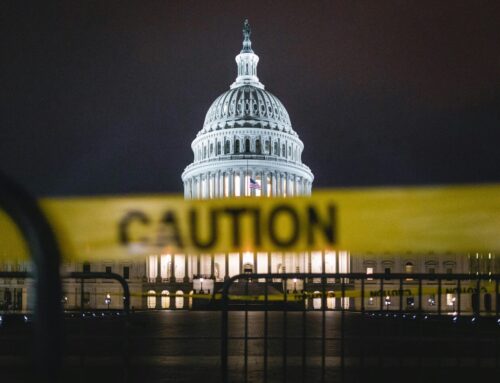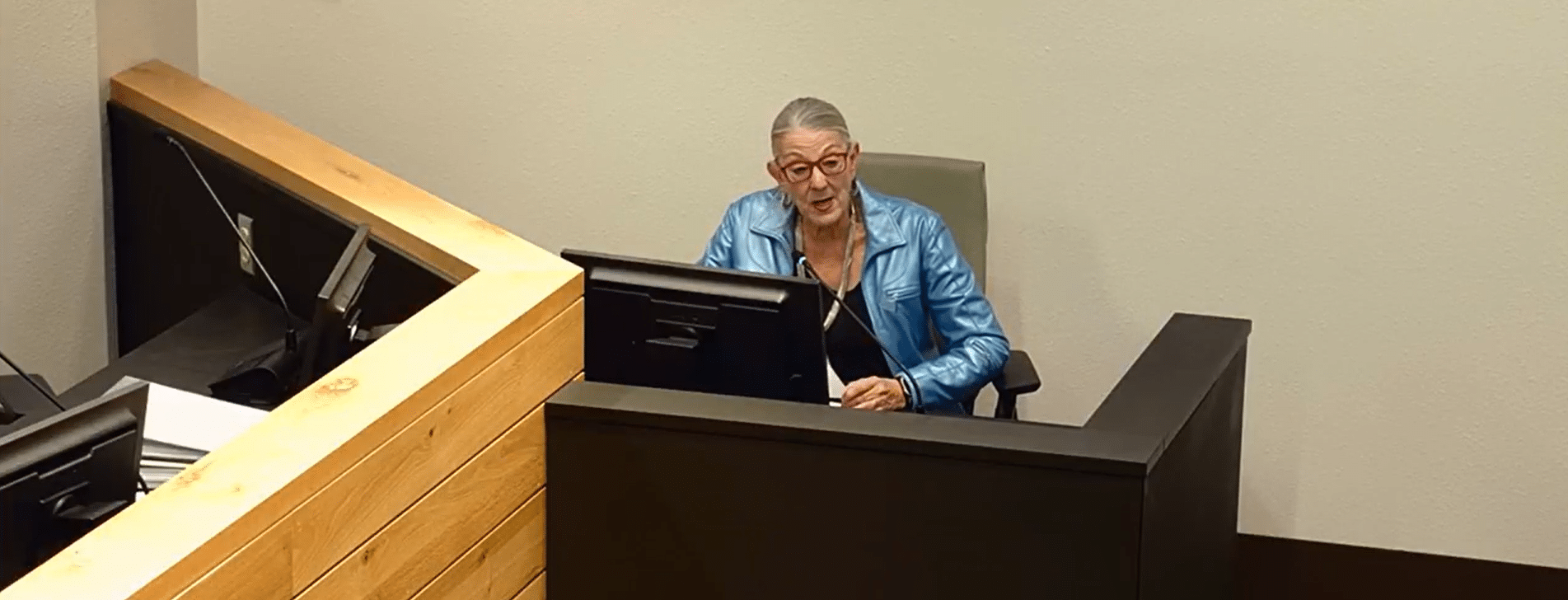When you find yourself in a financial hole, the first step to getting out is to stop digging.
Except if you’re in Congress. While the National Flood Insurance Program (NFIP) is still reeling from the approximately $20 billion financial hit from hurricane Katrina, Congress wants to deepen the hole by increasing coverage limits and adding wind damage insurance to the program.
Flood insurance was created in 1968 in an effort to offset expensive disaster payments and provide a type of insurance not available in the market. Under the NFIP, homeowners can buy federally-backed flood damage insurance from their insurance company. The idea was the premiums would then pay off claims and reduce total disaster payments. The unintended result has been that it helped fuel a coastal development boom by reducing the individual financial risk of building in areas likely to suffer storm damage.
Anyone can buy flood insurance at fixed rates, so there are few disincentives to high risk construction. In fact, even after two or five or ten losses, the insurance rate for a home can remain the same. A 1998 study found a home in Houston that had 16 flood claims over a six year period that resulted in payments more than five times the value of the house. This turns the concept of insurance on its head. Think of car insurance – if a 20-year old male wants to insure a red Ferrari, he is going to have to pay through the nose; whereas a 50-something Mom insuring her minivan is going to pay considerably less. The flood insurance program turns a Ferrari-driving kid into a minivan mom at taxpayer expense.
To think of it another way, should taxpayers foot part of the bill for the risks associated with living on the shores of Kennebunkport, Maine, or Hyannisport, Massachusetts – locations of the Bush and Kennedy family getaways?
Unlike regular insurance companies that charge high enough premiums in good years to develop financial reserves to help weather the bad years, NFIP can just borrow money from Uncle Sam when times are tough.
The major storms of 2005 blew away plenty of NFIP-backed glasshouses leaving the program nearly $20 billion in debt . Before Katrina, NFIP took in roughly $2 billion every year. At that rate it would take more than a decade to pay Uncle Sam back – and that's if no more flood disasters strike.
Congress recognized there was a problem with the NFIP, but instead of fixing it, the House doubled down on its losses. First, it increased coverage limits for homes from $250,000 to $335,000, putting taxpayers even more on the hook for future losses. Adding insult to injury, Rep. Gene Taylor (D-MS) successfully amended the flood insurance program to add wind coverage to the existing flood coverage.
The congressional fix for a program drowning in red ink is to make it even more vulnerable by adding wind coverage. And unlike flood insurance, there is a vibrant private market for wind coverage. Sure, Katrina revealed gaps in the coverage where private insurers were trying to foist more responsibility on the federal government, but the first response shouldn’t be to federalize this part of the private sector.
The flood insurance system is broken. Successful efforts to expand the program in Congress have encouraged people to move into and remain in high risk areas, and leave taxpayers holding the bag. Instead of expanding this flawed program by adding wind coverage, Congress should eliminate the federal insurance subsidies, provide incentives for people to move out of harm’s way, and require NFIP to charge sufficient premiums to create a catastrophic reserve.
Being big-hearted by providing federal flood insurance doesn’t mean that we have to be financially soft-headed.
For more information, contact Steve Ellis at (202)-546-8500 ext. 126 or steve [at] taxpayer.net










